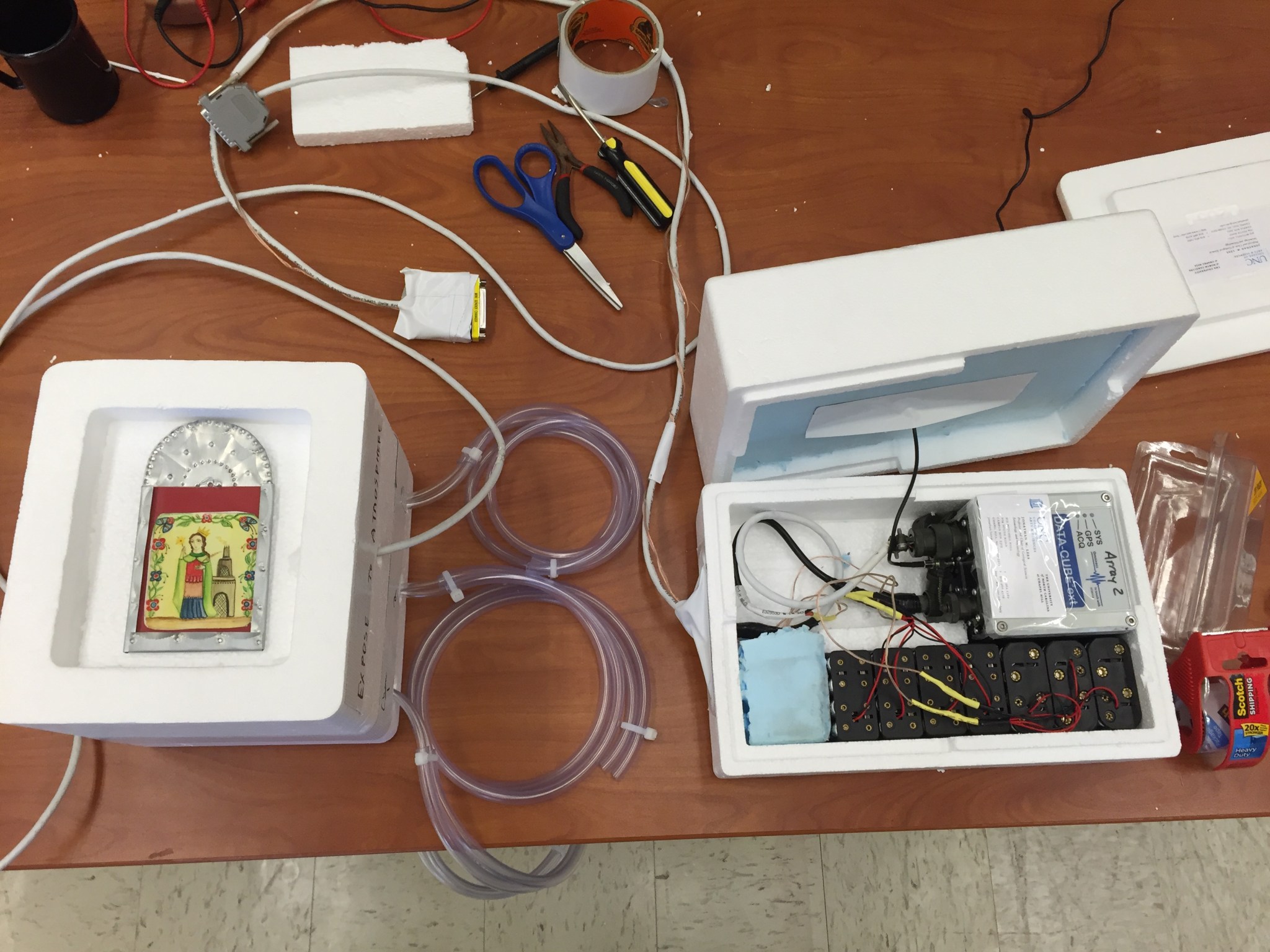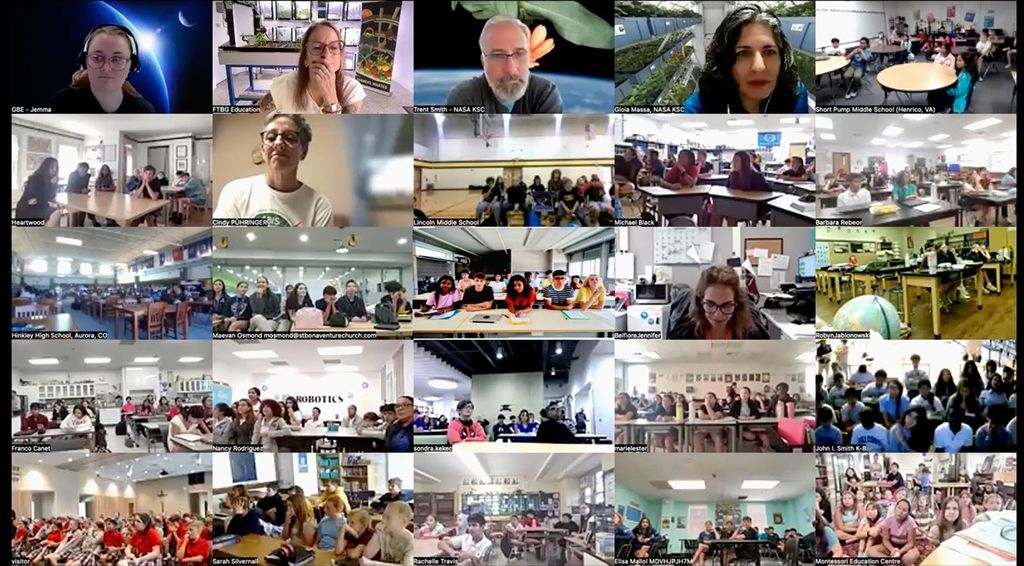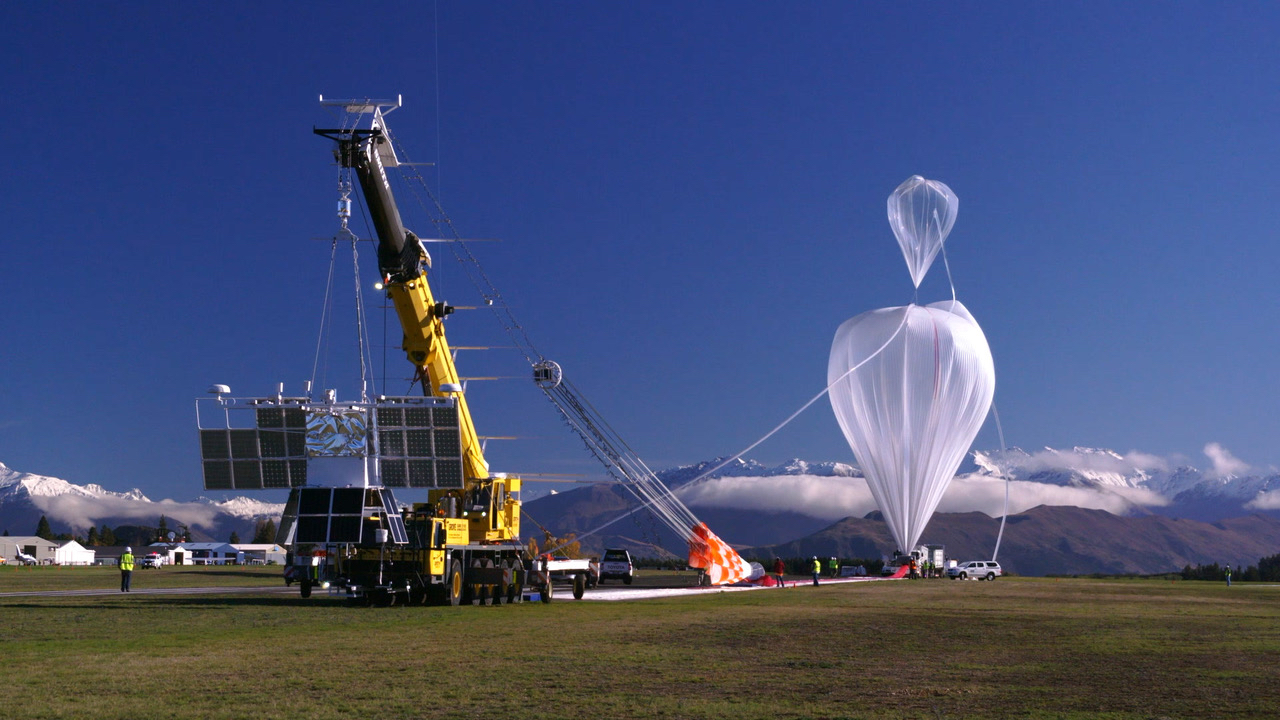It’s all about that bass and lots of it. Deep, deep base—sound at frequencies too low for the human ear to pick-up.
It’s called infrasound, low-frequency soundwaves formed by events as diverse as ocean waves crashing together, volcanic eruptions and earthquakes to rocket launches. These soundwaves, capable of traveling around the world multiple times, have never been recorded from the stratosphere for more than a day and a half and never over the ocean. That is, not until this past year.
NASA’s 2016 Super Pressure Balloon flight from Wanaka, New Zealand, carried the Compton Spectrometer and Imager (COSI) payload, a gamma ray telescope. Tucked behind one of COSI’s solar panels was the Carolina Infrasound instrument, a three-kilogram payload resembling a small styrofoam ice chest on the outside but with a trio of InfraBSU infrasound microphones on the inside. A Boise State University team led by Associate Professor Jeff Johnson originally designed the microphones to record volcanic explosions, but the sensors have found an unexpected new use in the stratosphere.
The balloon and payload took flight May 16, 2016, on a journey that went around the world amassing some 46 days of flight time. All the while, the University of North Carolina at Chapel Hill team who built the instrument monitored the flight nervously. If the balloon flight was terminated over sea, there would be no way to retrieve the infrasound data as the instrument had no telemetry connection for beaming data back to a control station.
Fortunately, some relief came when controllers terminated the balloon flight along the coast of Peru. Still, the team waited another five months before the infrasound experiment was returned to its principal investigator, Danny Bowman, University of North Carolina at Chapel Hill, and his Ph.D. Advisor Jonathan Lees. All the while, one question loomed overhead: did it work?
“My payload was untested and I didn’t know how long the batteries would last,” said Bowman. “Actually, I didn’t know if it would even turn on.”
With the instrument back home, Bowman quickly discovered that the recorder had turned on and stayed on for nearly 19 days. “The experiment worked perfectly,” said Bowman.
The raw result: over two weeks of continuous recording of infrasound from the stratosphere. During one portion of the flight, the balloon was able to fill a 7,000 km gap in ground station coverage. Wind noise, a pervasive issue on ground-based stations, was entirely absent. The sheer time span of the recording was novel in itself. “To have a continuous, multi-week recording is probably unheard of,” said Bowman.
Bowman sped up his sound files to make them audible and posted them here on soundcloud: https://soundcloud.com/glossarch/infrasound-from-the-stratosphere.
“One of the coolest things is that we can hear ocean waves crashing together, turning entire regions of sea into subwoofers,” said Bowman. “The distant roaring sound is the ocean waves colliding.”
Aside from the waves, Bowman continues to examine the data to identify the sources of infrasound he recorded. In the meantime, the instrument has already increased the time duration of available stratospheric acoustic data by an order of magnitude.

Months after the flight, Bowman discussed how he had a stowaway on his payload. “When I started graduate school, my godmother sent me a retablo of Santa Barbara, patron saint of volcanoes and earthquakes,” said Bowman. “Santa Barbara watched over me in the lab for a few years.”
And, who better to watch over Bowman than the patron saint of some of the various sources of infrasound he has dedicated years to studying. In the lab, Bowman engineered his payload to the greatest extent he could with the resources available. The rest, he handed over to faith. “I put Santa Barbara in (the payload), figuring I needed all the help I could get,” said Bowman.
Back in his office, Bowman, now a senior scientist at Sandia National Laboratories, Albuquerque, New Mexico, continues the task of unraveling the mystery behind the infrasound recording with the globetrotting retablo of Santa Barbara nearby, watching over him.
For more information on NASA’s Scientific Balloon Program, see www.nasa.gov/scientificballoons.

































